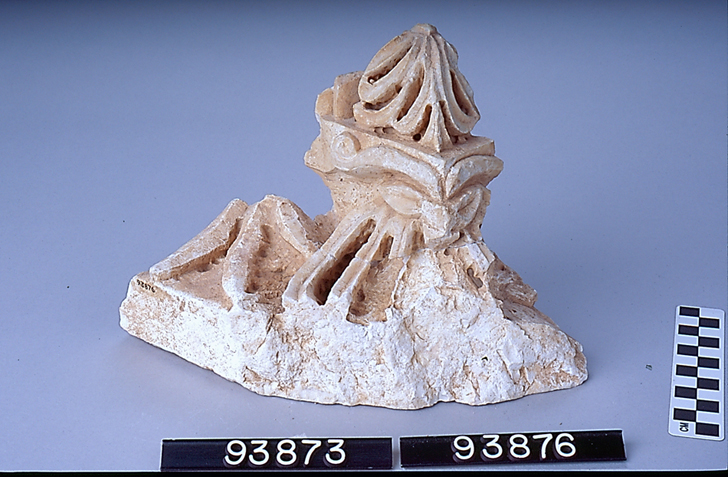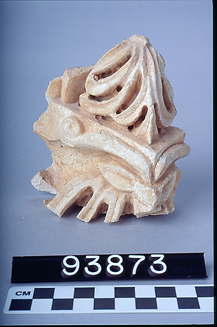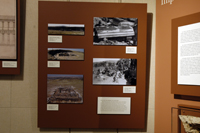
Duderstadt Gallery: Section 4 - Imperial
Cult Temple
In 31 BC, Octavian, soon to be known as Augustus Caesar, defeated Antony and Cleopatra at the battle of Actium. With his main rivals eliminated, Augustus became the sole ruler of the Roman Empire. To demonstrate their loyalty to the new emperor, cities across the empire erected temples and altars dedicated to Augustus as a living god. In Greco-Roman religion, to be worshipped in this way was the greatest honor that any ruler could hope to receive.
The rituals of the Roman imperial cult were similar to those performed on behalf of the traditional Olympian gods. On special holidays, such as the emperor’s birthday, people came together to offer prayers and sacrifices for Augustus and his family. Some cities also held gladiatorial combats and choral competitions in the emperor’s honor. Each year the emperor’s portrait was carried in procession along a prescribed route through the city.
At Pisidian Antioch, the rituals of the Roman imperial cult took place within a wide colonnaded plaza, today called the Augusta Platea, or Plaza of Augustus. The temple of Augustus stood at the rear of the plaza, framed by a two-story, semicircular portico. The temple was decorated with lush vegetal imagery symbolizing the bounties of the Pax Augusta, or Augustan Peace. The colossal cult statue of the emperor that sat in the temple has not survived. There were other portraits of Augustus in the sanctuary and elsewhere in the city. A plaster cast of an over-life-size head of Augustus found by the Michigan team is displayed here.

Rejoined Fragments of a Palmette
from the Architrave of the Temple of Augustus
Roman, 1st -Century BC – 1st -Century AD
White limestone
Kelsey Museum, 9.3873, 9.3876
U-M Excavations at Pisidian Antioch, 1924
Digital Photographs
Randy Stegmeyer
Kelsey Museum, 9.3876 |
Kelsey Museum, 9.3873 |





